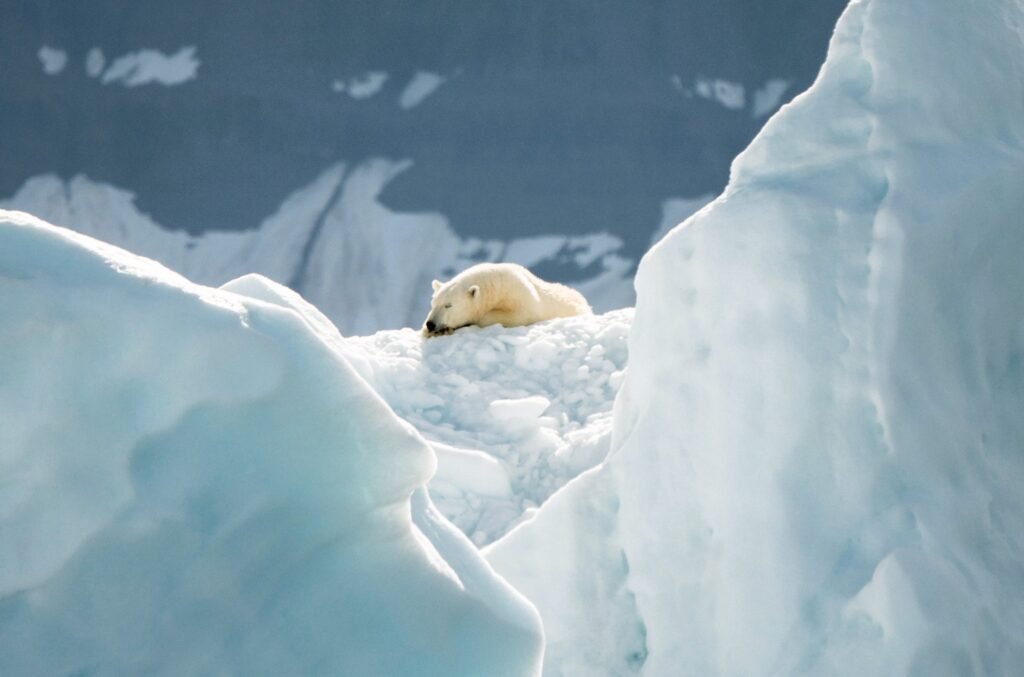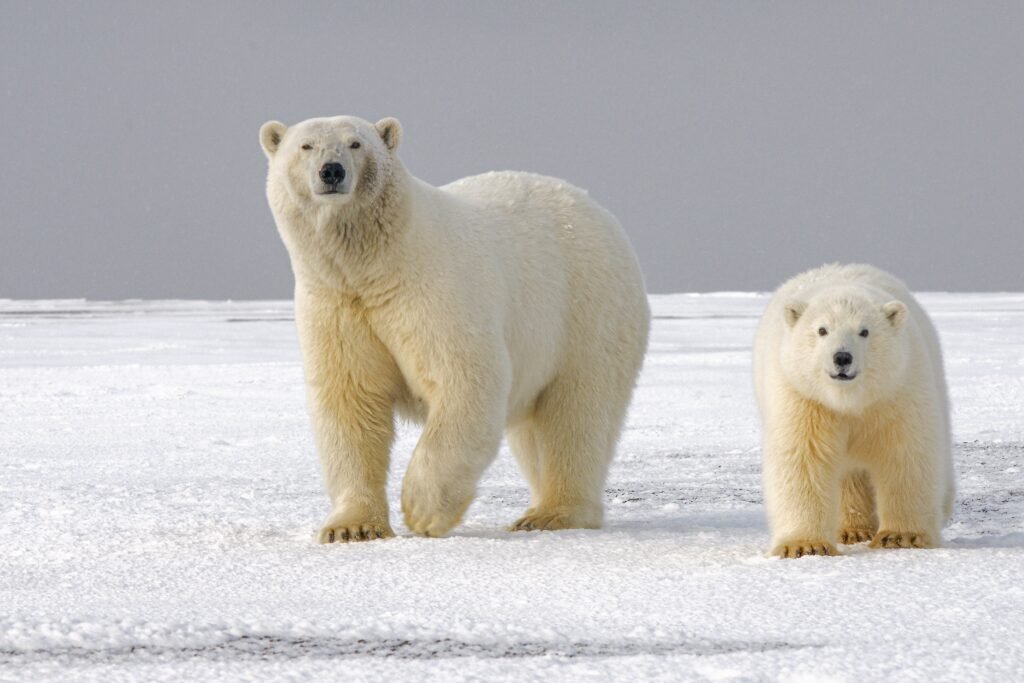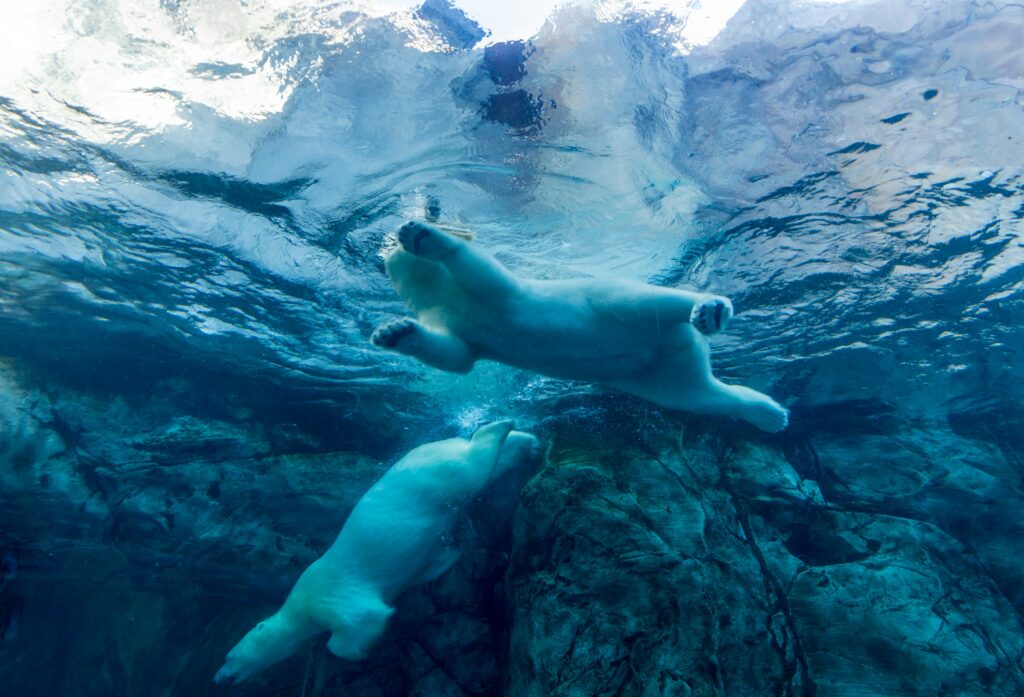New Delhi: Polar bear numbers in Greenland have been declining over the last 20,000 years, according to an international study that analysed their genetic material, food choices and habitat along with historical climate data.
Rising sea temperatures are driving the decline in polar bear population, a team of researchers, including from the University of Copenhagen, Denmark, said in their study.

“When the sea temperature rises, there is less sea ice, and consequently, fewer seals, which polar bears feed on,” said Michael Westbury, assistant professor at the University of Copenhagen and lead author of the study, which was published in the journal, Science Advances.
The team found that small environmental changes significantly impacted polar bear numbers.

“A relatively small increase in water temperature and a small reduction in the amount of sea ice result in a quite dramatic decline in the polar bear population. The relationship is not linear,” Westbury said.
The study showed that the temperature of the sea around Greenland had risen by 0.2 to 0.5 degrees Celsius over the last 20,000 years, resulting in a 20 to 40 per cent reduction in the polar bear population.

The researchers have attributed the temperature rise to global warming happening for many years and said this is clearly visible in Greenland and the Arctics.
“The current development is unprecedented compared to what the polar bear has experienced over the last 20,000 years. And, with the drastic projections, we can expect that the species will not thrive at all,” Westbury said.

Eline Lorenzen, professor at the University of Copenhagen, who was also part of the study, said, “Looking ahead, we are potentially facing a 2 to 5 degrees Celsius increase in sea temperatures around Greenland. So, it is a tenfold increase in temperature changes compared to the last 20,000 years. It doesn’t look good for the polar bear.” “And, as the top of the food chain, the polar bear represents ecosystem changes more generally, showing that marine ecosystems in the Arctic are under pressure,” Lorenzen said.

The study suggested that making dietary changes could help polar bears adjust to the climate changes.
“Our analyses of polar bear dietary choices show that they are plastic, meaning they can seek different food than usual. We can see this in the polar bears in East Greenland. There, it appears that male and female polar bears differentiate their dietary choices, so they do not compete with each other,” Westbury said.

Males in East Greenland consume various seal species, while females eat ringed seals. This is something species can do when resources are scarce, according to Westbury.
PTI
